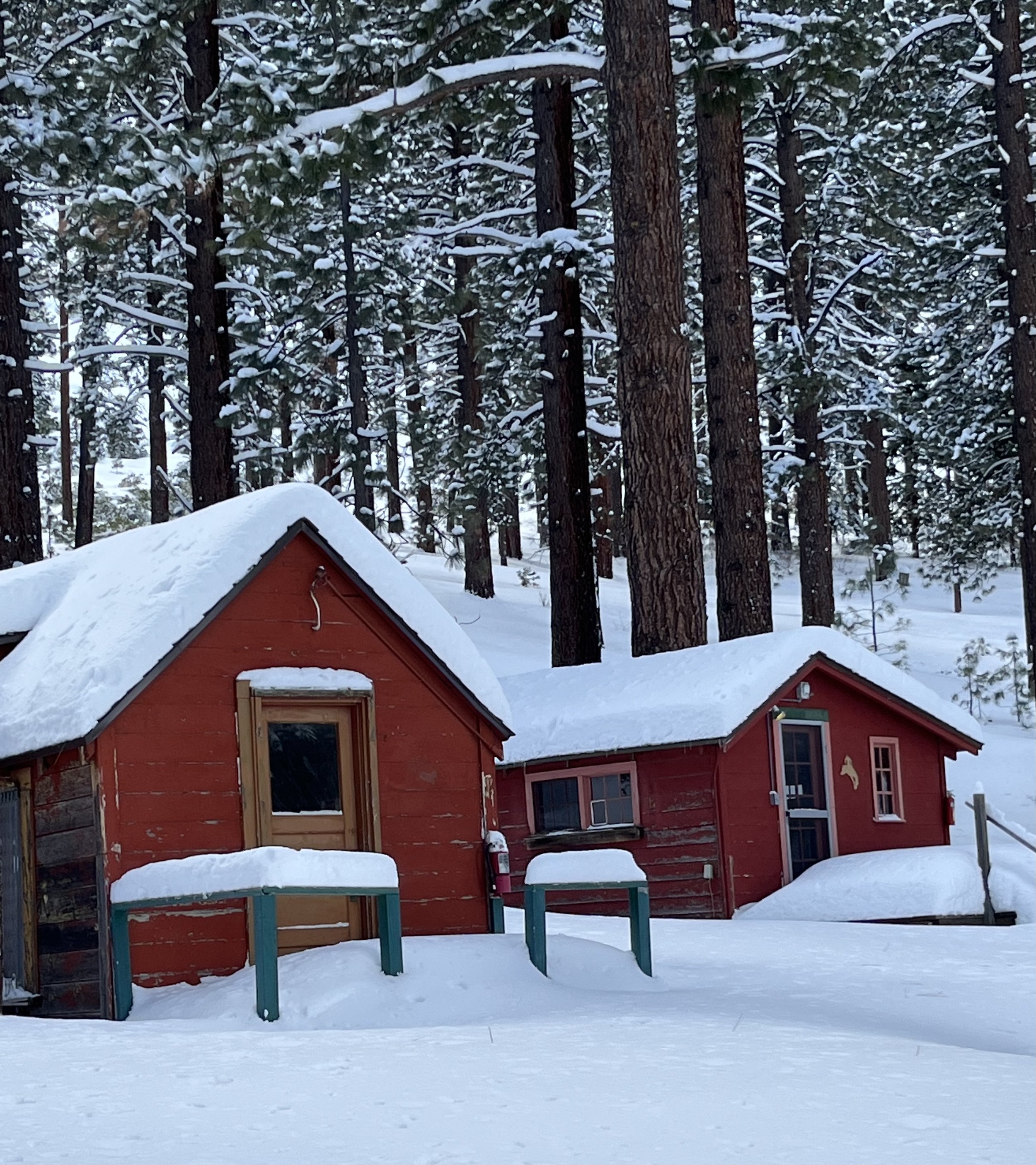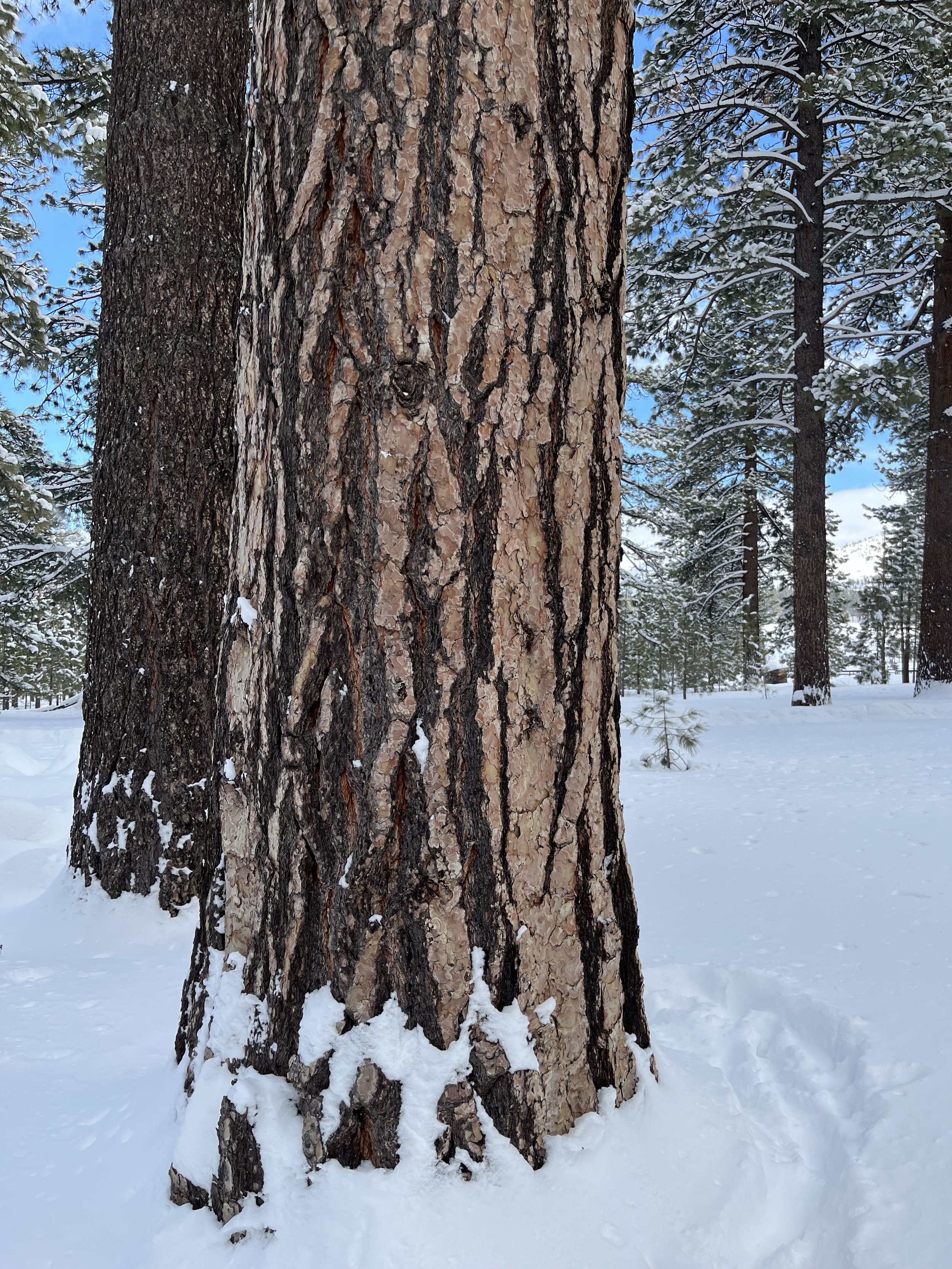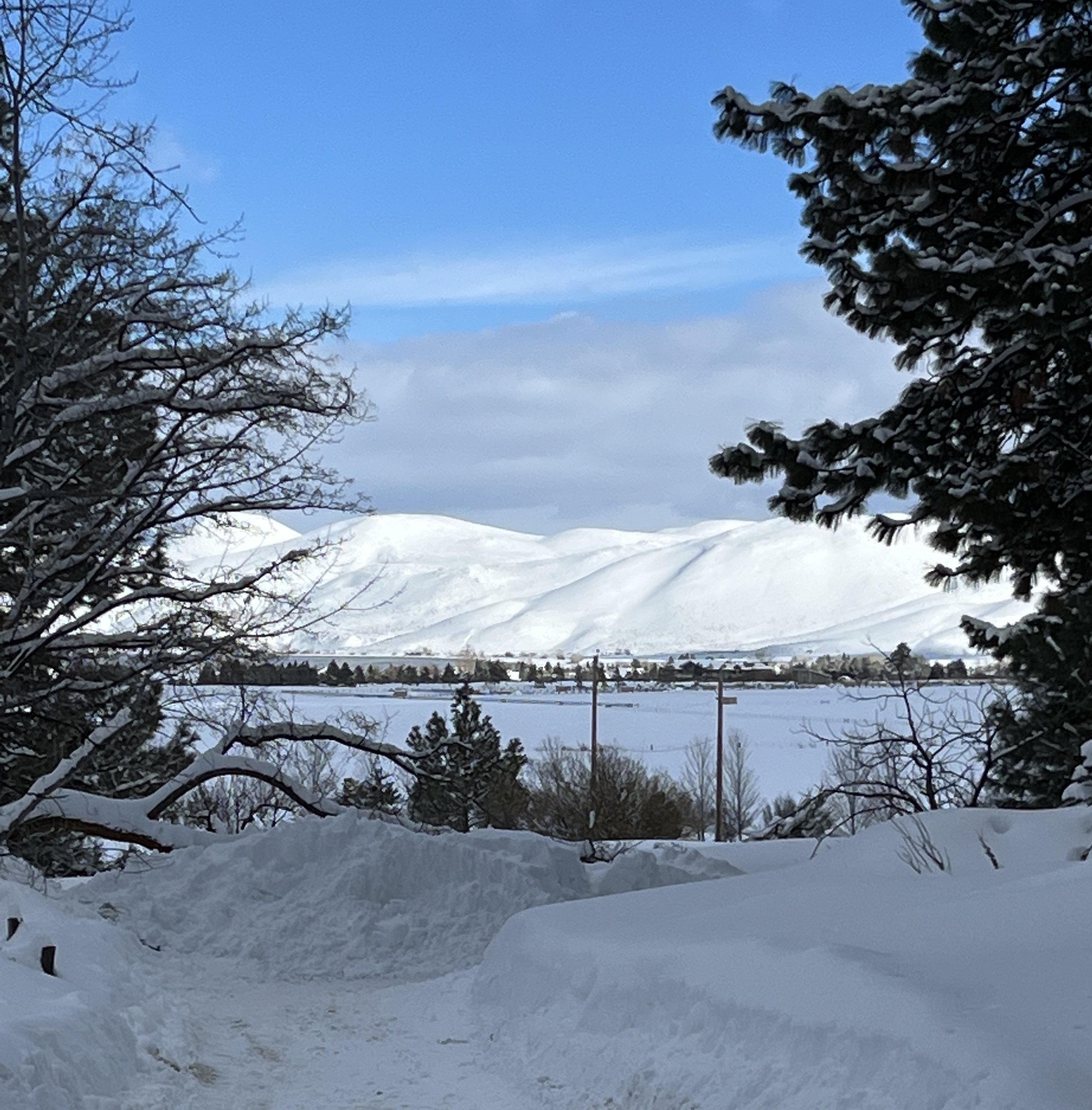Last winter, as Inside the Liberal Arts was about to debut, an unexpected detour caused by a California blizzard [see: “Tahoe Days”, June 24th] led me on a brief trip back in time to a place that I hadn’t seen in fifty years, and never in winter. It was a Nevada ranch where, in a sense at least, my liberal education began. The experience smacked of “Brideshead Revisited”: a slightly surreal journey back to a place that evoked mostly happy memories, yet the return was unexpectedly poignant.
In search of the best route from Lake Tahoe to Reno, after a family ski vacation that involved the greatest snowfall in a half-century, I looped south down the Nevada side of the lake (I-80 was closed due to the blizzard) and then turned east toward Carson City. Having finally escaped the deep snow, my southerly route to Reno involved some unfinished business. I had to find Washoe Pines Ranch.
Washoe Pines was a summer camp in the 1960s, and I spent two formative summers there. It was a special place: a small camp, but not just for privileged kids, and an unusual one at that. It lay like a jewel in a beautiful setting, smack up against the western foothills of the Sierras, which rose just behind the cabins, and with a view eastward across horse pastures to Washoe Lake a few miles away. For me and most of my fellow campers it was a first taste of the West, and a place of unique personal importance and growth.
It wasn’t a traditional camp in any sense. There was horseback riding, hiking, and camping – but above all outdoor education, as we sat at picnic tables and were lectured about the local ecology long before “ecology” became a buzzword. Washoe Pines was fun, but it was there to change us, and to imbue in us a love of the land.
Before it was a camp, the ranch had been a getaway for prospective divorcées, at a time when Nevada required six weeks of residency to get a divorce. And it hosted various science research institutes, including one founded by its owners, Richard and Maya Miller – who themselves eventually divorced.
They were an amazing pair. Dick was an ichthyologist at the University of Nevada who studied fish fossils all over the world. Maya was an oil heiress, and one of the most impressive women I’d ever known – an activist, naturalist, and an inspiring speaker. The Millers were moralists and their ethic was nature. It made an impression.
When I say my liberal education began at Washoe Pines, I’m thinking of how it helped me to learn and grow, to connect with new surroundings. (I still almost tear up when I smell sagebrush.) That summer may have been when I fell in love with learning, or at least the idea of learning, which is what the liberal arts are all about.
The counselors were powerful role models, and I remember helping one of them to put out a mimeographed camp newspaper, the “Washoe Pines Zephyr.” It was my start, and arguably my high point, in journalism. I vaguely recall writing some drivel about civil rights.
Three years later I returned; this time, instead of listening to ecology lectures, we returning campers hiked all over the Sierras and through Yosemite National Park.
All the memories were there, laying in ambush, when I drove up from Carson City toward Reno and turned off onto the secondary road that I knew the ranch had been on. (I didn’t even know the town it was in, or whether there was a place called “Franktown” on Franktown Road.) And I had never been there in winter. Yet suddenly there it was: a fading sign read “Washoe Pines Ranch,” and I turned up the drive.
The ranch was almost exactly as I remembered it – and yet wholly transformed by the deep snow. It was a ghostly negative to the positive of my youthful summers: empty and quiet, not quite decrepit – yet as beautiful as ever.
There was only one person in evidence at the ranch – a friendly older lady who was renting one of the cabins, and who remembered the Millers and some of the other people I’d known there. We chatted for several minutes, and she invited me to park and look around.
After a half-hour of tromping in the snow and taking pictures, and I was done: in fact, to my surprise I was filled, for the first time in memory, with deep, mixed, and somehow nameless emotions.
I was ready to get back on the road and head up to Reno, a place almost devoid of memories for me. The city has one special meaning for me, unrelated to Washoe Pines: it’s the setting for the opening scene of my favorite American movie, “The Misfits.”
I hope in a future post to write about why “The Misfits” is both a masterpiece and a cinematic entrée to liberal learning; but never mind the movie for now. If the term “liberal arts” means growth and learning that connects us in new ways – to the land, to nature, to the past, to unfamiliar cultures, to each other – for me that ghostly scattering of mostly abandoned cabins amid the towering Jeffrey pines of Western Nevada is where it all began.



